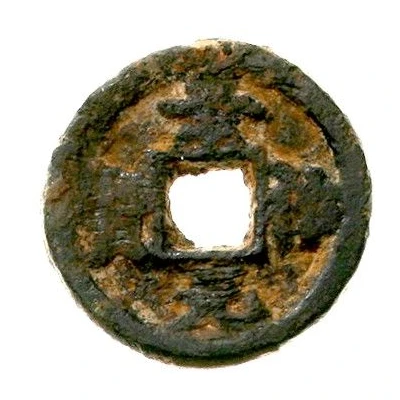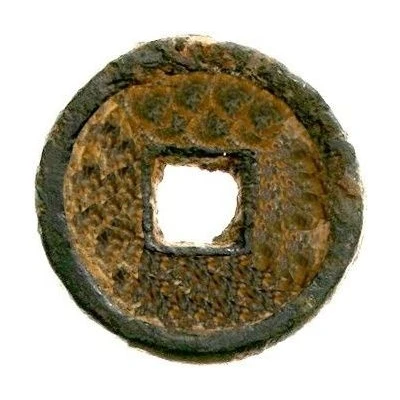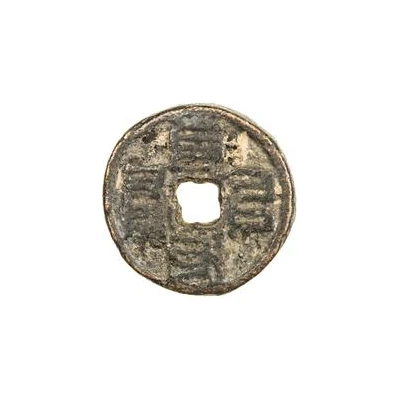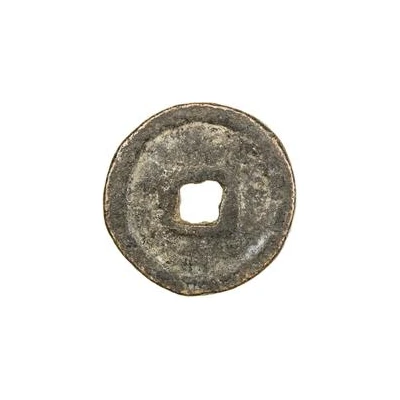Fractional cash - Zhongtong Yuanbao; temple coin ND
| Bronze | - | 14 mm |
| Issuer | Mongol conquest (Empire of China) |
|---|---|
| Emperor | Kublai Khan "Shizu" (元世祖) (1260-1271) |
| Type | Token |
| Years | 1260-1264 |
| Value | Fractional cash (½) |
| Currency | Cash (621-1912) |
| Composition | Bronze |
| Diameter | 14 mm |
| Shape | Round with a square hole |
| Technique | Cast |
| Orientation | Medal alignment ↑↑ |
| Demonetized | Yes |
| Updated | 2024-10-03 |
| Numista | N#222015 |
|---|---|
| Rarity index | 100% |
Reverse
Blank (uniface).
Edge
Plain
Comment
During the Yuan dynasty, there was a preference for paper money and silver ingots, making actual coins scarce or rare. However, the Yuan dynasty emperors supported Buddhism, and allowed temples to cast their own statues and artifacts. These temple coins were originally cast as offerings to Buddha, but due to their metal content, they still had an intrinsic value. While they were not official issues, these were widely accepted and used as small change in the markets.With these not being official issues, there are different diameters and weights possible. The average weights seem to be around 1/2 Cash, but smaller and larger weights exist.
Interesting fact
One interesting fact about the Token Fractional cash - Zhongtong (Yuanbao; temple coin) ND (1260-1264) from Mongol conquest (Empire of China) made of Bronze is that it was used as a form of currency during the Mongol Empire's rule in China, specifically during the reign of Kublai Khan. The coin was minted in large quantities to facilitate trade and commerce within the empire. Despite being made of bronze, the coin was valued at a high level, with 1000 of these coins being equivalent to one silver tanka. This coin is a rare and valuable artifact that provides insight into the economic and monetary systems of the Mongol Empire during its time in China.



